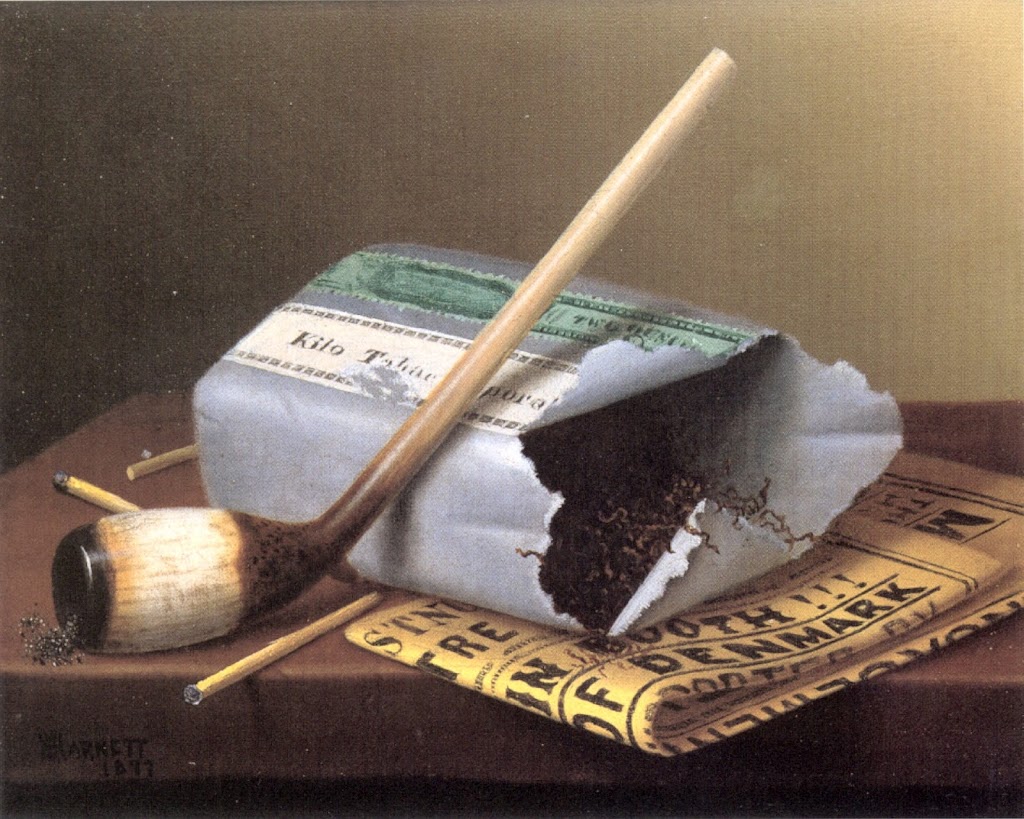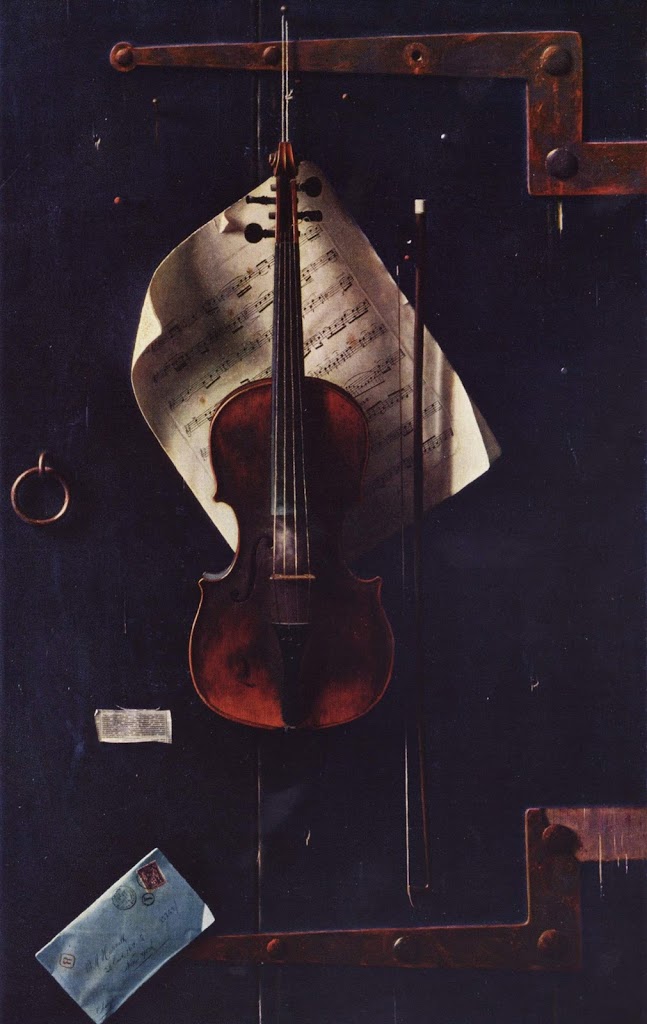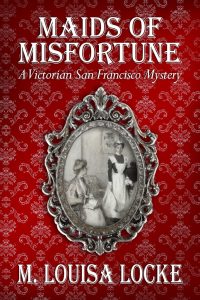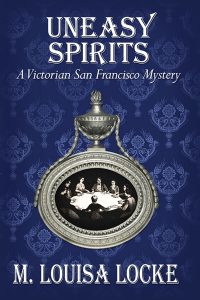
I have wanted to be a writer since I was about 12; I even put writing as my career goal in my senior high school yearbook. As a rather shy and solitary child, I found books provided me with solace, widened my understanding of the world, and entertained me, and I couldn’t imagine anything better than to do something that would bring the same kind of joy to others. While I eventually pursued a different profession, getting a doctorate in history and becoming a college history professor, I never lost my dream of being a writer. So, when I semi-retired from teaching, I pulled out a draft of a book I had been working on for years and rewrote and published it. This book, Maids of Misfortune, set in 19th century San Francisco, weaves in the details I had learned in writing my doctoral dissertation on working women in the American west into a light romantic historical mystery, and it has been unexpectedly successful. It may have taken me fifty years to realize my dream, but it has certainly been worth the wait.
“boxes” that I had remembered so well, and I found that at least one of them had been donated to the Museum just a few years before my visit. Who knows, maybe those boxes will show up in some of my future work as well.

In this sequel to Maids of Misfortune, it is the fall of 1879 and Annie Fuller, a young San Francisco widow, has a problem. Despite her growing financial success as the clairvoyant Madam Sibyl, Annie doesn’t believe in the astrology and palmistry her clients think are the basis for her advice.
Images of William Harnett’s paintings courtesy Wikimedia Commons.






Thanks for the great interview. I enjoyed Maids of Misfortune very much and look forward to reading Uneasy Spirits. Annie Fuller is a strong, intelligent woman who does what she needs to do to survive. Love her cover as a medium to disguise the fact that it is her business acumen that makes her advice valuable, not the spirits. Too bad that many people of her time could believe in the paranormal rather than accept that a woman could be intelligent and well informed without supernatural help.
Thanks for dropping by, Kilian. I haven’t read Maids yet but really enjoyed Uneasy Spirits. It held up as stand alone book which shows Mary Lou’s skill. It also whetted my appetite to read Maids – high on my ballycumber of TBR :)
Dear Killian,
So glad you like Annie! I think it is interesting that some readers accuse me of not being historically accurate because of her independence. I suspect that they may think that strong professional independent women didn’t exist before the 1970s.
Mary Louisa
Mary Lou – thanks for the great interview – I always find it fascinating to learn of other writers’ sources of inspiration. As for the independence of women throughout the ages, I think people forget that the lack of sources about the lives of everyday women result in us ignoring all those widows and single mothers who had to support themselves in the face of overwhelming chauvinism.